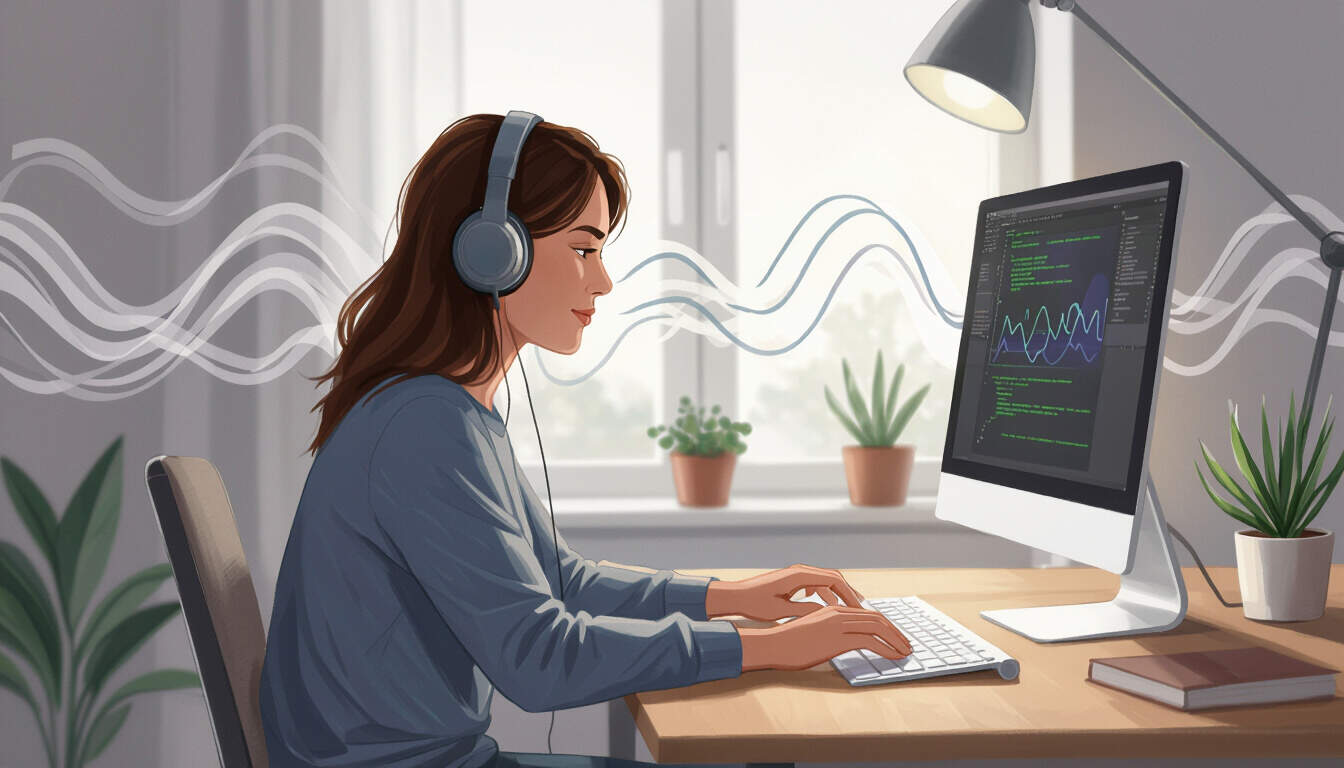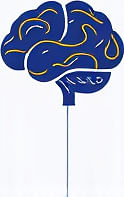Overcoming Noise Distractions with ADHD in Remote Work
 by Marlene Keeling
by Marlene Keeling
For adults with ADHD, noise distractions in remote work can disrupt focus and productivity. This article explores effective strategies to create a quieter environment, improve concentration, and achieve better work-life balance through simple, supportive tips.

Remote work offers flexibility, but for many adults with ADHD, it can bring challenges like unwanted noise. These interruptions often make it hard to maintain focus and complete tasks.
The Impact of Noise on ADHD
Noise from household activities or neighborhood sounds can intensify symptoms of ADHD. This leads to scattered thoughts and reduced efficiency during work hours. For instance, background noise might cause frequent shifts in attention, making daily routines feel overwhelming.
In remote settings, such disturbances are common, especially in shared living spaces. People with ADHD may find that even minor sounds derail their workflow. This highlights how environmental factors play a key role in daily productivity.
Practical Strategies for Reducing Distractions
One effective approach is to establish a dedicated quiet area. This space should be free from common sources of interruption, allowing for better concentration. Using tools like noise-cancelling headphones can block out sounds and create a more controlled atmosphere.
Another helpful tip is to schedule work during quieter times of the day. For example, early mornings or late evenings might offer fewer disturbances. Incorporating short breaks can also refresh the mind and prevent fatigue from building up.
Technology plays a supportive role too. Apps that generate white noise or soothing sounds can mask disruptive noises without overwhelming the senses. It's important to experiment with different options to find what works best for individual needs.
Building Daily Routines for Balance
Developing consistent routines helps manage ADHD symptoms in remote work. Start by setting clear boundaries for work and rest periods. This might include designating specific times for tasks and ensuring regular meals and exercise.
Lists can be particularly useful for organizing the day. A simple checklist of priorities reduces the mental load and keeps focus on key activities. Over time, these habits foster a sense of stability and improve overall well-being.
Remember, everyone with ADHD experiences things differently. What aids one person might not suit another, so flexibility is essential.
Tips for Enhancing Productivity
To boost productivity, try breaking tasks into smaller, manageable steps. This method makes large projects less intimidating and helps maintain momentum. For example, focusing on one task at a time can minimize the impact of external distractions.
Mindful practices, such as brief meditation sessions, offer another layer of support. These techniques encourage present-moment awareness and can reduce the effects of noise on concentration. Pairing this with ergonomic setups ensures physical comfort, which indirectly supports mental focus.
Collaboration tools in remote work can also be adapted for those with ADHD. Features that allow asynchronous communication reduce the pressure of real-time interactions and give space to respond thoughtfully.
Seeking Support and Self-Compassion
It's vital to recognize that managing ADHD in remote environments is an ongoing process. Connecting with others who share similar experiences provides valuable insights and encouragement. Online communities or professional guidance can offer personalized advice.
Self-compassion is equally important. Acknowledge the progress made, no matter how small, and be patient with setbacks. This mindset promotes resilience and long-term success in balancing work and life.
By implementing these strategies, adults with ADHD can transform their remote work experience. The goal is to create an environment that supports individual strengths and minimizes barriers.
In summary, addressing noise distractions involves a combination of environmental adjustments, routine building, and self-care. With these approaches, achieving productivity and balance becomes more attainable, leading to a more fulfilling professional life.
